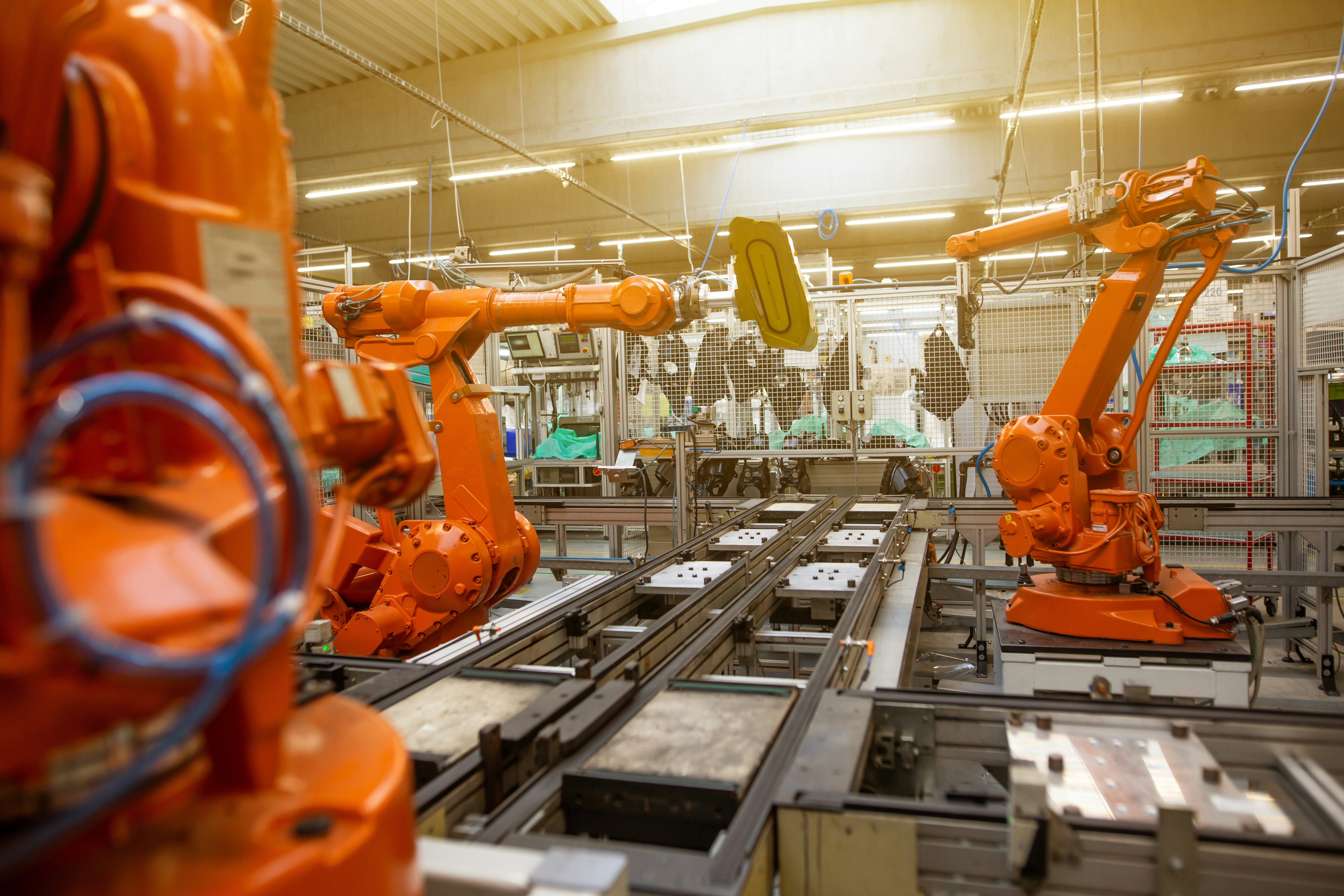The Metaverse's Impact on Automobile Design and Consumer Experience
In the rapidly evolving landscape of the automobile industry, the intersection of the metaverse and virtual reality introduces transformative possibilities for consumers and manufacturers alike. Imagine stepping into a digital showroom where you can virtually test drive electric vehicles (EVs) from the comfort of your home or using augmented reality (AR) to envision your dream car’s design. This immersive experience is not just a trend; it's redefining how we interact with vehicles, and it's essential for the future of driving.
As technology advances and the demand for electric vehicles rises, understanding the implications of these innovations is increasingly crucial. In this article, we will delve into how the metaverse is shaping automobile design and consumer experiences, exploring both the benefits and the challenges it brings to the table.
The Rise of the Metaverse and Its Relevance to Automobiles
The concept of the metaverse—digital spaces where users can meet, interact, and engage—has gained momentum. For the automobile industry, the metaverse presents an opportunity for brands to connect with customers in ways that traditional showrooms and advertisements could never achieve. According to a study by Deloitte, the integration of virtual reality and augmented reality in retail experiences can boost customer engagement and satisfaction significantly.
Thus, we see automakers leveraging metaverse technologies to create immersive experiences. A growing number of manufacturers are now offering virtual test drives, allowing customers to experience the driving performance of an EV before making a purchase. Buyers can simulate driving in different weather conditions and terrains, providing insights that are difficult to emulate through conventional methods.
Innovative Design Processes in the Metaverse
Not just the consumers, the metaverse is revolutionizing automobile design processes. Instead of relying solely on physical prototypes, designers and engineers can model and test cars in virtual environments. This reduces production costs and speeds up the design cycle significantly. Leading automotive companies like Ford and Volkswagen are using VR tools to visualize concepts, enabling faster iteration and greater creativity during product development.
Furthermore, manufacturers are adopting collaborative virtual spaces, where global teams can meet and share ideas. This enhances communication and reduces geographical barriers, leading to a more innovative design process. It’s fascinating to think that the car you’re driving today may have been created in a virtual meeting space, with input from diverse teams worldwide.
Enhancing Consumer Experience Through AR and VR
The incorporation of augmented reality has opened new dimensions in how consumers interact with vehicles. Imagine walking into a car showroom where an AR overlay displays real-time information about the EV model you're interested in. You can visualize the different color options, interior designs, and even see how various features work in real-time.
A study published by Harvard Business Review highlights how AR can create a deeper emotional connection between consumers and brands. When customers are offered an interactive experience—like using AR to customize their vehicles—they feel more invested in the purchase process, which can lead to higher sales conversion rates.
Moreover, consumers are becoming increasingly conscious of sustainability, and the ability to visualize the environmental impact of their purchase through immersive experiences further enables informed decision-making. For example, consumers can explore the lifecycle of an electric vehicle or understand its carbon footprint, thereby enhancing the transparency that modern buyers seek.
The Role of Automation and AI in EVs
As we venture deeper into this evolving landscape, we can't overlook the complementary role of automation and artificial intelligence in transforming the driving experience. Automated Vehicles (AVs) are making strides, and with the integration of VR and AR, drivers can experience a seamless blend of safety and luxury. For instance, how about a heads-up display that shows real-time traffic data and hazard alerts right before your eyes?
Manufacturers like Tesla are at the forefront of integrating AI with AV technology, utilizing data to enhance driving performance and user experience. This not only enhances the safety features in EVs but also facilitates a more intuitive driving environment. Passengers can enjoy media, engage with AI-based personal assistants, or even work during their commutes!
While we're witnessing groundbreaking innovations, it’s essential to address privacy concerns related to data collection by automakers. Understanding how consumer data is utilized becomes critical, especially when consumers are more discerning about their digital identities.
Sustainability and the Future of EV Adoption
The potential for EV adoption heavily relies on how these technologies align with sustainability goals. Traditional designs and manufacturing processes have detrimental effects on the environment, contributing to climate change. Innovations driven by the metaverse and virtual technology offer opportunities for launching eco-friendly vehicles and practices into mainstream use.
For example, sustainable materials like bioplastics are gaining traction. Manufacturers using virtual platforms can easily simulate the benefits of such materials in design phases, potentially expediting the shift towards greener alternatives in automotive manufacturing.
Simultaneously, the metaverse can also help educate consumers about sustainable driving habits and the environmental benefits of EVs, paving the way for increased adoption. Manufacturers can use these platforms to create engaging awareness campaigns, drawing consumers into the conversation about sustainability.
Conclusion: What Lies Ahead in the Metaverse and EV Revolution
The intersection between the metaverse and the automobile industry presents both exciting opportunities and challenges. By fostering a more interactive, immersed driving experience, manufacturers can build trust and engagement that extends beyond a simple transaction. As we continue to witness advancements in VR and AR, and as trends in sustainability keep gaining momentum, both manufacturers and consumers must adapt to these innovative technologies.
From revolutionizing design processes to enhancing consumer experiences and driving sustainable practices, the potential is boundless. The evolution of how we interact with vehicles is just beginning. Whether you're an automotive enthusiast, a casual driver, or someone interested in technology, there’s never been a more thrilling time to follow the developments in the automobile industry.
Final Thoughts
As we embrace the reality of the metaverse shaping our experiences, it’s crucial to stay informed and engaged. Understanding how these trends impact our driving journeys is not only beneficial for making intelligent purchases but also essential for contributing to a sustainable future. With manufacturers pushing the boundaries of what's possible in automobile design and consumer experience, your next drive may very well be in a world where technology and vehicle innovation coalesce seamlessly.
Stay tuned for more insights in the world of automobiles and electric vehicles, as the future is unfolding rapidly right before our eyes.









